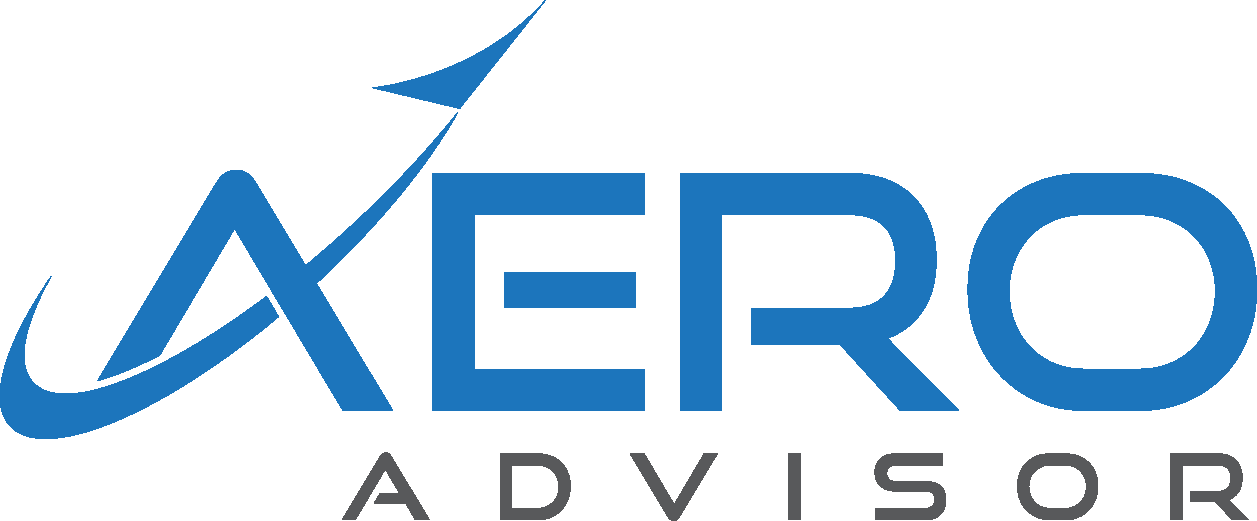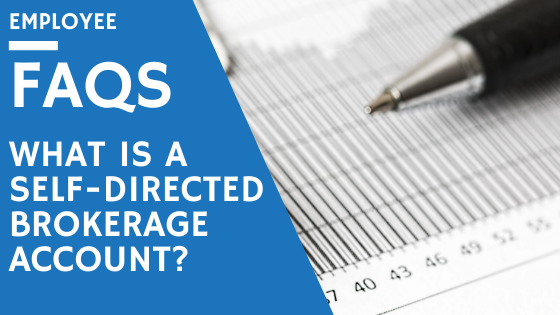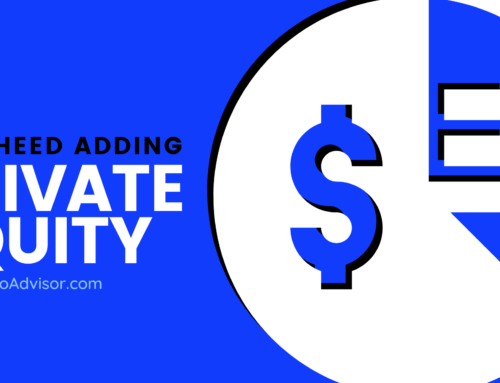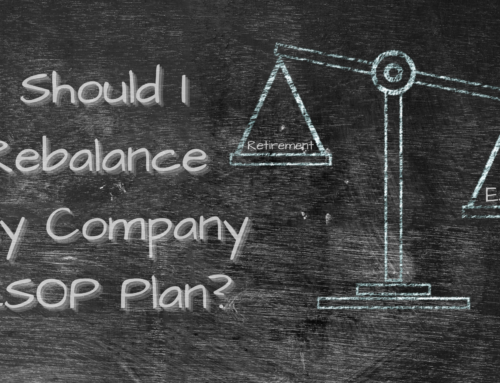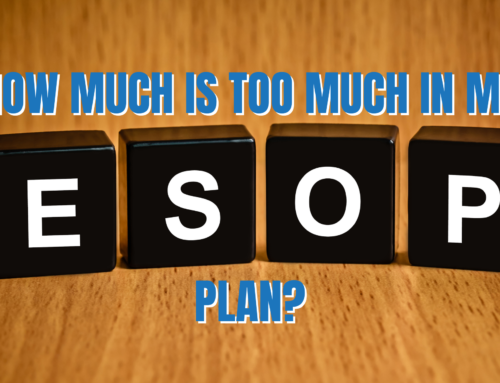Lockheed 401k FAQs: What is a self-directed brokerage account?
Another common question I get when first sitting down with a new Lockheed Martin client is “what is this self-directed brokerage account thing in my 401k?” You might have seen it in the “Your Asset Allocation & Balance by Fund” section of your 401k statement.
The self-directed brokerage account (or SDBA) allows you to invest outside of the normal 401k investment options available to you. Participants can invest in individual stocks, bonds, ETFs (exchange traded funds) and mutual funds that are not available outside the SDBA.
The account is opened at TD Ameritrade, a brokerage firm separate from Voya (or Empower if you’re reading this after the 2019 transition from Voya to Empower).
Should I open a SDBA?
According to plan documents, the SDBA might be a good option for you if you “are an experienced investor who is willing to take on the added risk of trading individual securities or mutual funds, the SDBA gives you the tools to fine tune your investment strategy.”
So if you have the additional time to do the research on your investment options or aren’t happy with the options inside the traditional 401k plan, an SDBA might be something to consider.
The SDBA also allows you a Roth SDBA option, which might allow you tax advantages down the road using after tax dollars.
What are the costs associated with the SDBA at Lockheed?
The SDBA charges a small fee of around .05% that is taken from your other assets in your 401k each month. There are also additional fees associated with trading on the platform, depending on what type of investment you are buying or selling.
Individual Stocks and ETFs fees
For example, if you are buying individual stocks or ETFs, fees can range anywhere from $0 – $25, depending on how much help you need placing the trade. You can place trades yourself online for a lower fee, or have a broker provided by TD Ameritrade assist you for the $25 fee.
There are some ETFs that don’t charge a commission. If you purchase one of those, just be aware you must keep that investment for more than 30 days. If you sell it before the 30 days is over, they will charge you a commission.
Mutual funds fees
Mutual fund transaction fees can range from $0 to $9.95 depending on if the fund is a “no-transaction-fee (NTF)” fund. An NTF fund is a no-load (no upfront sales charge) mutual fund in which TD Ameritrade has negotiated the fee to be waived. You’ll be able to see this information when you are making your investment selections, but if you don’t be sure to ask.
How do I open a SDBA?

Enjoy trading and researching investments online? A SDBA might be a good option for you.
First, you have to be eligible. You need at least $4000 in the core funds or target date retirement funds and have to deposit at least $3,000 into the new SDBA account.
Top open the account, you have to complete a TD Ameritrade SDBA application. The application may be downloaded from the Savings Plan Web Tool or you can call the Savings Plan Information Line (800-444-4015) to get an SDBA application mailed to you.
To get to the Savings Plan Web Tool, visit LM People at https://www.lmpeople.com. You’ll need to determine on the application what type of account (Roth or non-Roth) you want to open, then fax the application back to the number on the form. Your account should be open in a few business days.
How do I get funds into my new SDBA account?
You have to transfer the initial $3,000 from your core funds or target date retirement funds into a money market fund in your SDBA. Then you can place trades once the funds are in the account. You can also transfer funds by accessing the Savings Plan Web Tool or by calling the Savings Plan Information Line at 800-444-4015
How should I invest my SDBA?
This is a tough question to answer, as investors can have very different time horizons, risk tolerance, and assets to invest in the SDBA. You can work with a financial advisor or the tools on the TD Ameritrade website to determine which investments might be the best fit for you.
Have other questions about the SDBA? Shoot me an email at Brian@TheAeroAdvisor or fill out the quick and easy form below.
The opinions voiced in this material are for general information only. They are not intended to provide specific advice or recommendations for any individual, nor intended as tax advice. We suggest that you discuss your specific situation with a qualified tax or legal advisor.
